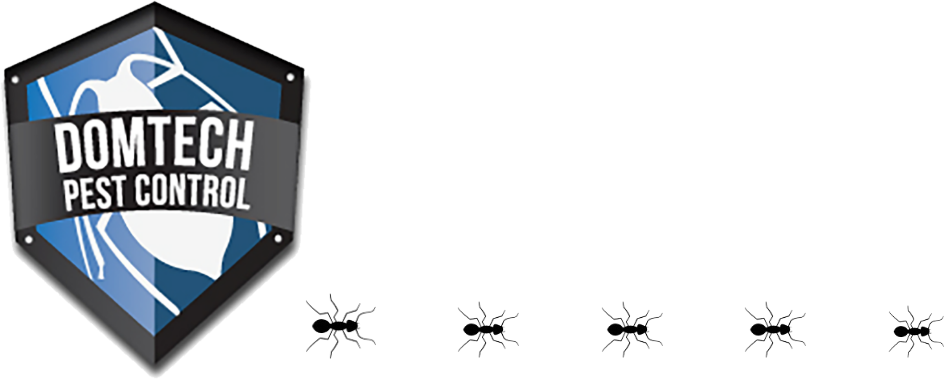Lady Bugs
The multicolored Lady Bugs (Harmonia axyridis), have become common throughout Ontario. It is well known for the habit of accumulating on the sides of buildings and wandering indoors during the fall.
A common problem
Lady Bugs are a beneficial biological control in trees during the summer and in fields and gardens during the fall but can be a severe household nuisance pest during late fall, winter and spring. Country areas and wooded residential and industrial areas are especially prone to severe problems. These little pests can spread over time and may be more difficult to rid as time passes.
These species of beetles are typically 1/3 inch in length and dome-shaped. Their colouring is yellowish-orange to red with variable black spots on the back. Deep orange is the most common colour. The 19 black spots may be faint or missing. There is a black-shaped mark on the thorax.
Lady Bugs, like other occasional invaders, are “outdoor” insects that create a nuisance by wandering indoors during a limited portion of their life cycle. They do not feed or reproduce indoors; they cannot attack the house structure, furniture, or fabrics. They cannot sting or carry diseases.
Lady Bugs do not feed on people though they infrequently pinch exposed skin. Lady Bugs may leave a slimy smear and they have a distinct odor when squashed.
Lady Bugs follow their instinctive behavior and fly to sunny, exposed surfaces when preparing to hibernate through the winter. The time of beetle flight varies but is usually from mid-September through October (depending on the weather). Light-coloured buildings and walls in full sun appear to attract the most beetles.







